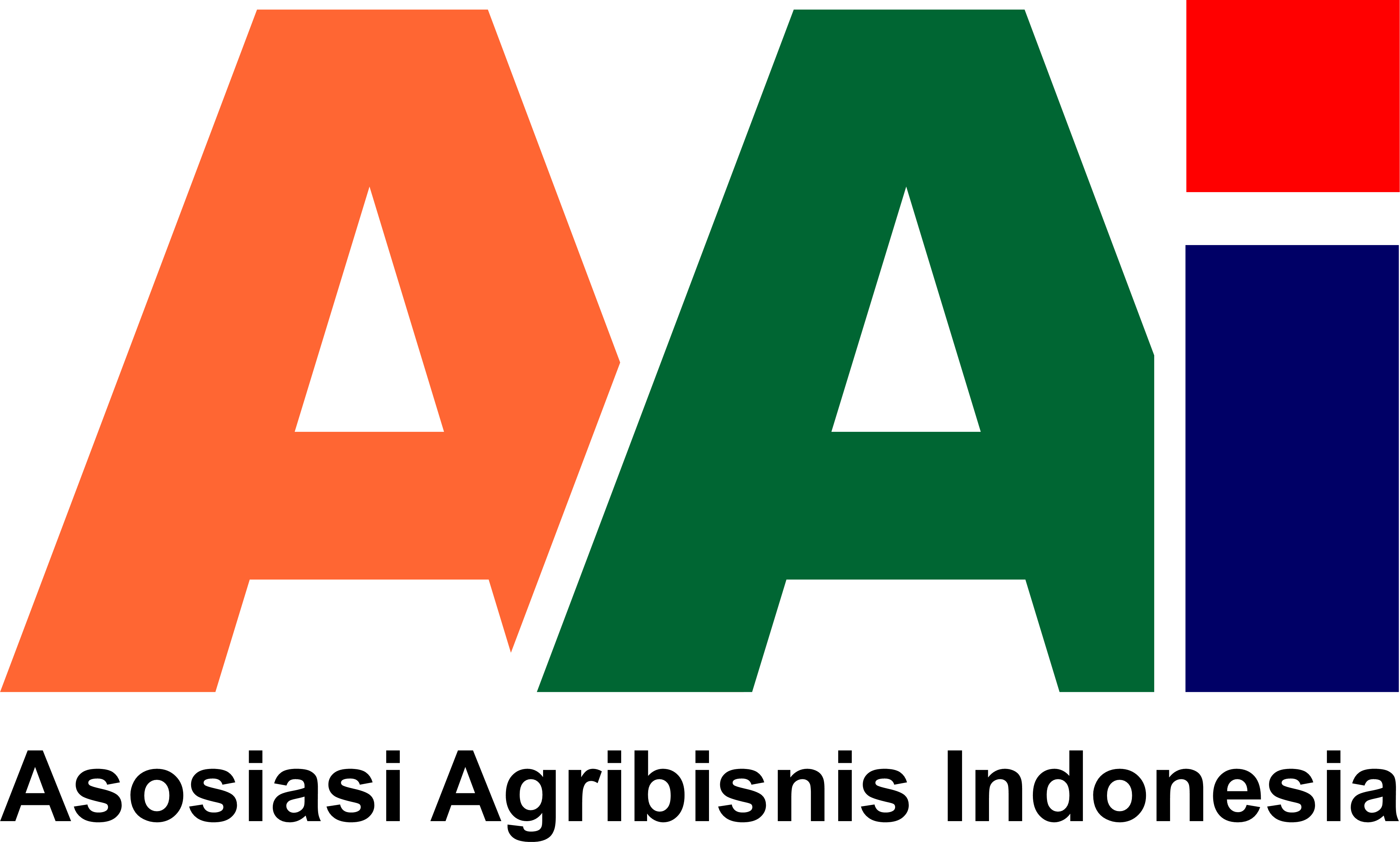AKSESIBILITAS PETANI KECIL PADA SUMBER KREDIT PERTANIAN DI TINGKAT DESA: STUDI KASUS PETANI PADI DI NUSA TENGGARA BARAT
Abstract
One problem in rice production at village level is a lack of capital and credit has become a partof farm economy. This study was conducted in 2003 and took place in Nusa Tenggara Barat (NTB).
The objectives of study were:(i) to identify the existing sources of agricultural credit at the village
level, (ii) to identify the sources of credit to which small farmers have been access to meet their
financial needs, and (iii) to identify the ideal scheme of credit that suitable for small farmers. The
results shown that the oldest sources of loan at the village level were the informal institutions such as
daily Bank, money lender, rice trader, input trader, and rice miller. The formal institutions were
established later namely KUD in 1977, BPR in 1988, BRI Unit Desa in 1996, and Pawnshop in 2001.
Small farmers and landless farmers were generally access to the informal institutions. The scheme of
informal institutions provided a loan at high interest rate, but the other ones were very suitable for
small farmers, such as no collateral, simple procedure, and fast to obtain. Otherwise small farmers
could not access to the formal institutions that served a loan at low interest rate, because of: (a) they
did not have any collateral required by the scheme, especially land certificate, (b) monthly repayment
of credit was not suitable for rice farm that have a seasonal cycle of production, and (c) they were
unfamiliar with complex procedure of credit. A lot of small farmer hopes a credit with collateral of
moving goods (no land sertificate), interest rate from 18 to 24 percent per year, credit in cash, and
short term credit.
Downloads
Download data is not yet available.
How to Cite
SUPRIATNA, ADE.
AKSESIBILITAS PETANI KECIL PADA SUMBER KREDIT PERTANIAN DI TINGKAT DESA: STUDI KASUS PETANI PADI DI NUSA TENGGARA BARAT.
SOCA: Jurnal Sosial Ekonomi Pertanian, [S.l.], nov. 2012.
ISSN 2615-6628.
Available at: <https://ojs.unud.ac.id/index.php/soca/article/view/4198>. Date accessed: 14 dec. 2025.
Issue
Section
Articles
Keywords
Small Farmers, Rice, Credit, Accessibility












